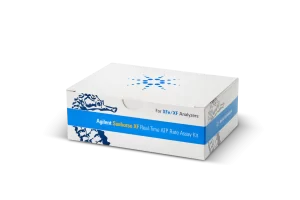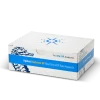Seahorse XFe96 Analyze
Agilent Seahorse XFe96 Analyzers measure the oxygen consumption rate (OCR) and extracellular acidification rate (ECAR) of live cells in a 96-well plate format.
OCR and ECAR rates are key indicators of mitochondrial respiration and glycolysis as well as ATP production rate. Together these measurements provide a systems-level view of cellular metabolic function in cultured cells and ex vivo samples.
For Research Use Only. Not for use in diagnostic procedures.


 Tiếng Việt
Tiếng Việt



